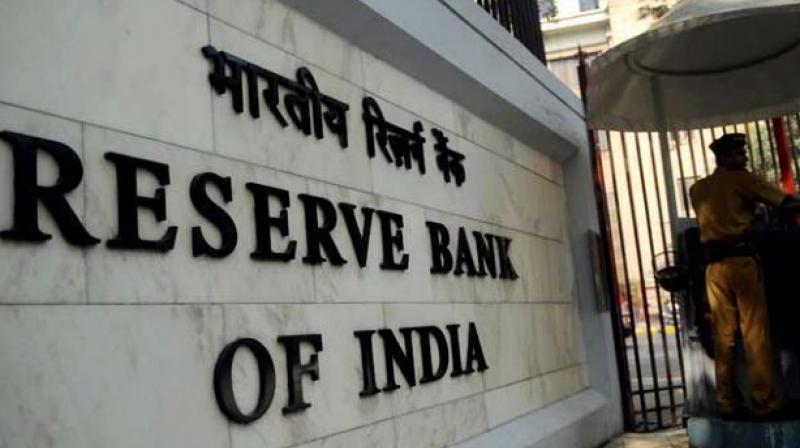RBI, Finance Ministry signal rapprochement ahead of Nov 19 board meet

New Delhi: As the Monday meeting of the Reserve Bank of India (RBI) board approaches, both the central bank and the government seem to have found some common ground on several contentious issues, including interest rates.
Sources said, the finance ministry doesn’t think that interest rate would become another flash point ahead of the December monetary policy review.
The optimism on the interest rate front emerges from easing of inflation, which would allow RBI to defer any rate action.
Other issues like NBFC liquidity crunch post-IL&FS crisis, the widening divide between the RBI and stakeholders are bridging the government.
Meanwhile, S Gurumurthy, independent board member of RBI, has mooted recapitalisation of banks through government bonds. It could be a reflection of the government thinking as Gurumurthy, an RSS ideologue and economic and political analyst, batted for easier lending and capital restrictions for banks and more cash for small businesses, issues on which RBI and the finance ministry have locked horns.
The State Bank of India, country’s largest lender, on Thursday said there is no liquidity crisis in the NBFC sector.
Rajnish Kumar (in pic), SBI chairman, said rollovers of loans by most NBFCs have been successful and all of them have been able to meet commitments as far as their obligations are concerned.
The national bank for agriculture and rural development (Nabard), which has Rs 15,000 crore exposure to NBFCs, also dismissed the liquidity crisis talks.
Nabard chairman HK Bhanwala said at an event the condition is improving as interest rates are seen declining and various banks are supporting NBFCs. When asked if the IL&FS crisis will have a contagion effect, Bhanwala said it doesn’t look like spreading as of now.
“(Our) total assets are Rs 4.80 lakh crore. Of this, Rs 15,000 crore exposure to NBFCs is small. Nothing is at risk. I haven’t seen any default. Everybody is meeting commitments to Nabard,” Bhanwala said.
Other lenders, including those in the microfinance sector, have stated that liquidity is not an issue.
“Large MFIs are not facing problem. We have Rs 1,000-1,200 crore liquidity, which will last at least 5-7 months. For NBFC-MFIs, we don’t have an asset-liability management mismatch the way other finance companies have. The reason is we provide credit to borrowers for up to 2 years and our borrowings are for more than 2 years. Thus, we will never have a short-term liquidity issue at any point of time,” said HP Singh, chairman and MD, Satin Creditcare Network.
The liquidity issue started simmering from the day IL&FS started defaulting on its debt commitments. At the 19th financial stability and development council’s (FSDC) meeting, earlier this month, RBI queried the government if liquidity was acceptable till September, what makes it believe that the situation has worsened?
The finance ministry has been upset that RBI is not acknowledging the liquidity crisis scenario presented by the North Block.
“Share the data with us (regarding crunch in NBFCs)... The liquidity situation is not as bad as it is being projected to be,” RBI is said to have told the government.
On credit relaxation norms for MSMEs, the SBI chairman declined to comment and said let us wait till the board meeting (of RBI) on November 19.
“Some resolution on liquidity and credit-related issues is expected at the meeting,” he said.
Recently, SBI agreed to buy Rs 20,000-30,000 crore loan assets from NBFCs. The bank had initially planned for a growth of Rs 15,000 crore through portfolio purchase during the current year, which is now being enhanced.

